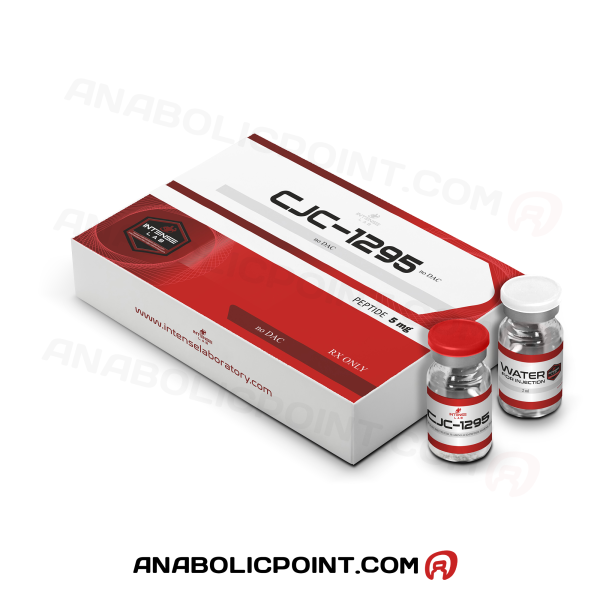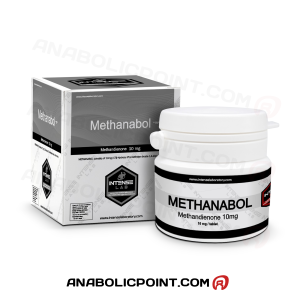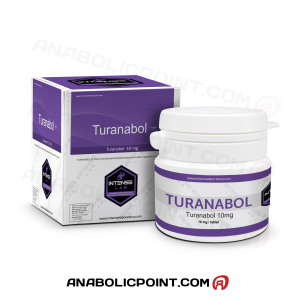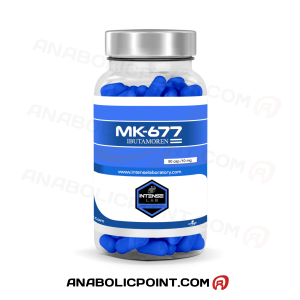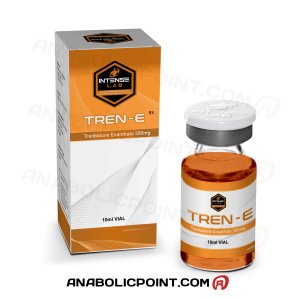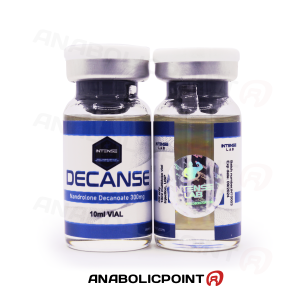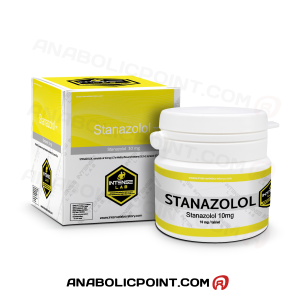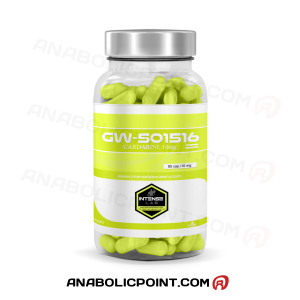Your basket is currently empty!
CJC-1295 no DAC 10ml (5mg/1ml) + 2ml Solvent
£30.00
CJC-1295 no DAC – Intense Lab
1 VIAL x 10ml (5mg/1ml) + 2ml Solvent
| Fast shipping | |
| Tested product |
Out of stock
Description
What is CJC-1295?
CJC-1295 is an isoform of the growth hormone releasing hormone (GHRH), also popularly known as GH-releasing factor or GRF. This protein is produced in the hypothalamus of many animals, and targets receptors on somatotrophic cells in the pituitary when released. It may be applied as a treatment for growth disorders, or with the intention of tissue mass enhancement. However, the peptide as referred to in the title above is CJC-1295 NO-DAC, or modified GRF without DACi. Therefore, it may also be referred to as modGRF, or the first 29 amino acids that comprise the original GRF moleculei. Native GRF, on the other hand, may have as many as 44 amino acids2, although residues 1-29 have been shown to exert all the biological properties associated with this protein. modGRF weighs just under 3.4kDa, is synthetically produced and is suitable for research use onlyi. The main function of modGRF is to enhance the release of GH, as mentioned above. Therefore, it may be useful in studies of growth and development. Some studies indicate that modGRF has pharmacokinetic and pharmacokinetic properties that are superior to endogenous GHRH4. It may have increased activity in vivo and a greater half-life compared to un-modified GRF4.
Human GRF (or GRF1-44) may be regarded as a ‘reference’ GRF, and was used as a template for many GRF analogs. However, its modification in respect to the isoforms of other species may confer benefits. For example, substituting the first two amino acids for those of the murine sequence reportedly inhibits metabolism by a peptidase, thus improving stability in cell culture studies. Additionally, replacing the eighth residue in the human sequence (asparagine) with serine, (as in the rat sequence) threonine (mouse) or glutamine (synthetic) results in further stability and enhanced conformity to one peptide conformation. Substituting alanine for the original glycine at the fifteenth residue is thought to increase receptor binding2. Another measure of GRF optimization is truncation, as outlined above. This may make improve many factors of potency for this molecule.
GRF has other targets beside GH. The administration of CJC-1295 has resulted in significant increases in the release of IGF-13. Endogenous GRF, GH and IGF-1 form a regulatory ‘axis’ that may also control pro-inflammatory mechanisms when activated5. The peptide has also demonstrated the ability to reduce growth deficits in a mouse model of GHRH knockout. Knockout mice treated with 2µg CJC-1295 daily for five weeks achieved significantly increased total body weight and length compared to placebo-treated knockout animals6. The body weight and length of knockout mice treated daily with CJC-1295 was also comparable to ‘normal’ untreated mice6. Therefore, modGRF may also have profound effects on growth in experimental animals. It may also be used to assess the abnormal response to GRF that has been observed in rodent models of obesity. Rats with genetically-induced obesity have exhibited significant decreases in GH release following treatment with GRF in a time-dependent manner (i.e. at eight weeks following birth compared to six weeks)7. In summary, modGRF is a useful lab-grade peptide that may be applied to studies of growth, development and metabolic disorders.
Our Guarantee
Our shop AnabolicPoint.com is committed to offering you the highest quality products so you can shop with confidence. Made from high purity, quality ingredients, all our products are third-party tested for your peace of mind.

